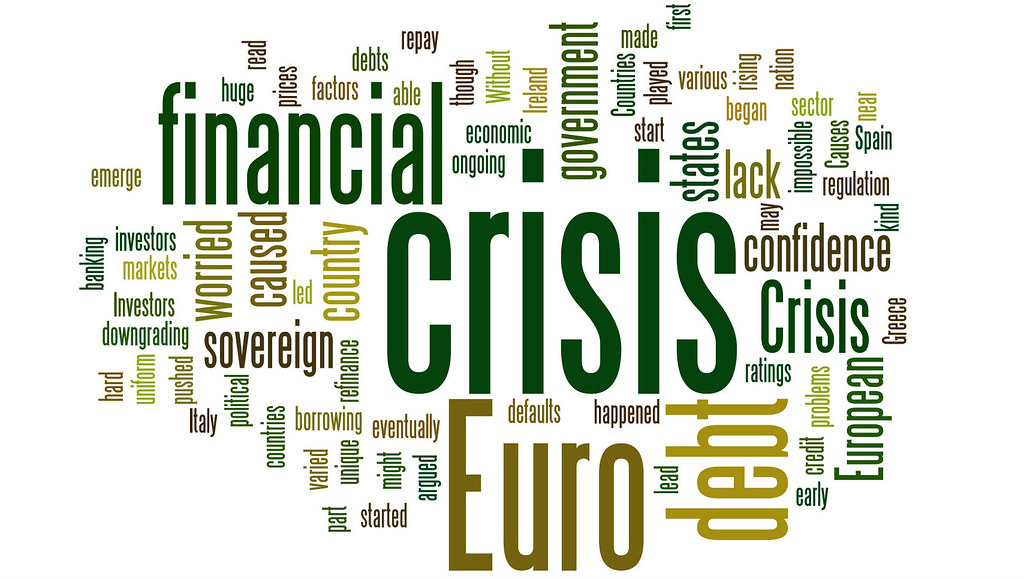“Part of what brought down the stock market [this week] was very symptomatic and very similar to what happened in the financial crisis,” said Aaron Kohli, interest rates strategist at BMO Capital Markets in New York. “Secured products, leverage and complexity combining to form a selloff. When you look at 2008 a lot of it was there.”
Much like in 2007, the United States is currently experiencing an economic expansion, the dollar is weakening to its lowest level in years, politicians are calling for 3% economic growth, U.S. economic data is generally positive, but the stock market is in free fall.
This time around, rather than mortgage-backed securities and collateralized debt obligations tied to the housing market, the culprit appears to be volatility trading instruments in stocks.
Runnymede's opinion
We view the current correction as a long overdue pullback after one of the least volatile markets in history. The spike in volatility on Monday was dramatic as it rose over 100 percent. As discussed in my last blog post, this sunk a couple of popular products that were shorting volatility. This likely increased the magnitude of market decline but it shouldn't be compared to 2007's subprime and collateralized debt crisis because the scale is totally different. The two products that failed on Monday had a market value of $3 billion. Yes some investors got hurt but it isn't anything like the products created in 2007. Back then, credit default swaps carried a value of $62.2 trillion (not billion) and they essentially took down AIG. Furthermore, subprime mortgages were estimated at $1.3 trillion in March 2007. These subprime loans were sliced and diced and repackaged as high quality bonds which were sold to institutional investors around the world. Furthermore banks were leveraged by 30x. This was a global problem and one that almost brought down the entire financial system.
Sorry but this pullback shows no parallels to 2007 with the exception of the stock market correction. Banks have reduced their leverage and no longer are making loans with no money down and to lenders who can't pay them back. The global economy is in a growth upturn. In the US, tax reform is just taking effect and will boost corporate earnings and money in all workers' paychecks. The politicians finally passed a long-term budget and that calls for trillion dollar deficits. While you can argue that merits of running deficits at the top of an economic cycle, it will likely help accelerate GDP growth in the short-term. We expect volatility to remain high for the next week or so but we expect that concerns will mitigate and the bull market will resume its march higher.
“Euro Financial Crisis Word Cloud – Green” by EuroCrisisExplained.co.uk is licensed under CC BY 2.0






